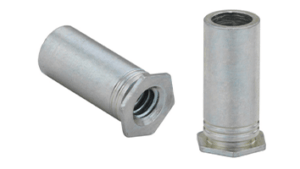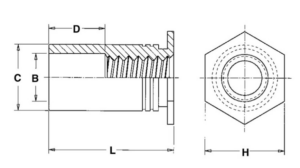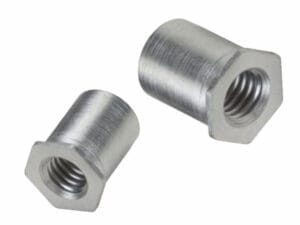How to configure bends for my STEP file?
Upload your part, choose a material that is eligible for bending services, check that the bending definitions are correct, save your definitions, and add the parts to your cart. You should see that bending services have been added for the line item.


